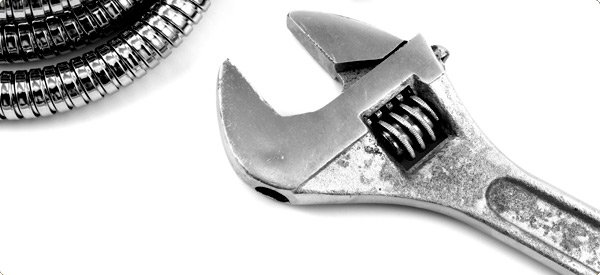Ever wondered why your water bill is always escalating? Plumbing leaks could be one of the factors in play. While some leaks can quickly flood your home, others may not be so damaging. However, in as much as some leaks may appear insignificant, with time their effects may be far-reaching as far as your monthly water bill is concerned.
Knowing how to fix leaky pipes comes in handy, especially as it guarantees that you can save on the cash that you could have paid somebody else to do it for you. Besides, you can contain the ever rising water bill. Here is a look at how to fix leaky pipes.

There are multiple methods to deal with leaks. Here are two methods that will help you fix or prevent water damage.
Method 1 of 2: Stopping the Leak before You can Replace the Pipe
Before fixing the leaking pipe, ensure that the leak has been stopped. More important, the pipe should be dry.
Steps:
The first step is to cut the water supply by shutting off the water valve.
Turn on the faucets to ensure that you have drained all the water from the pipes.
Using a dry cloth or towel, wipe the pipe and let it dry before proceeding to the next step.
Using a putty knife, apply some epoxy paste on the leaking part.
Use a rubber pad to cover the leak. Ensure the leak is entirely covered by the rubber before you move to the next step.
Take a C-clamp and tighten it down on the rubber. Allow it to settle for approximately an hour.
After the rubber has fully dried, cover it with a water resistant tape.
Turn on the water valve and ensure there is no leakage.
The main problem with the first method is that if the pipe is, For example, leaks resulting from corrosion, water may start leaking from other places. In that case, the whole part of the pipe probably requires a replacement.
Method 2 of 2: Replacing the Section of a Pipe that is Leaking
Steps:
Measure the length of the section of the pipe to be. Buy a replacement either a home improvement store or your local plumbing.
Close the water valve and ensure the water in the pipes is drained.
Cut off the damaged section of the pipe using a metal-cutting saw.
Ensure the remaining ends of the pipes are polished.
If it’s a copper pipe, solder it in place. For other pipes, you will have to buy a replacement containing a union piece for joining them.
Make sure the coupling of the joining part is tightened to ensure it is secure and does leak.
Turn on the water.
If you have a flood or a water damage that result in mold, contact Canada’s Restoration Services Experts today and arrange a free inspection. If it is an emergency, call us now and we will arrive within 45 minutes in Toronto and the GTA.
